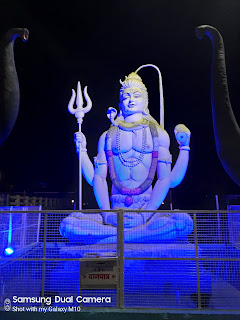Dating of The Rigveda: Period And Area of Its Composition; The Kassites

This discovery of the Mitanni empire throwbacks the Aryan invasion theory that if the Rigveda was written by Aryans after coming to Punjab region of the Indian subcontinent after 1500 BC, how is it there was an Aryan kingdom in western Asia established in 17th century BC. The Kassites of Babylon- Between the period 1531- 1158 BCE, there was a civilization named Kassites in the Babylon, the region of today's Iraq, Iran and Kuwait. The chief Gods of the Kassites were Surias (Surya) , Indas (Indra) and Maruttas (Maruts) . It is also said that they were first persons who used and introduced the horse and chariot to Mesopotamia. The names of their kings were also like those of the Vedic Aryans. ( ref- MacHenry, Robert (1992). The new Encyclopedia Britannica: in 32 vol. Macropaedia, India- Ireland, Volume 21. Encyclopedia Britainnica. p- 36. ) A legal document by Kassite king Image courtesy: Wikipedia According to famous Indologist and professor of Sanskrit at H...





